By Christopher Miskimon
Major Marcus Reno’s column fired the opening shots of the Battle of the Little Big Horn on June 25, 1876. At the time, Reno had with him three companies of the 7th Cavalry Regiment. Having received orders to attack the Sioux village along the Little Horn River, his troops splashed through a ford and began their attack at about 2:30 pm. Reno rode at
the head of his column with his orderly, Private Edward Davern, following close behind him. As the major approached the camp, he began to realize it was much larger than previously suspected. His own troops were shielded by trees as he approached for his attack and the trees hid the camp from his sight as well.
Once his troopers cleared the woods, they advanced in a line with three companies abreast. As they rode forward, some of the men claimed to have seen Lt. Col. George A. Custer and his column off in the distance to their right. In the village to his front, Reno observed enemy warriors gathering for battle. Halting his line, Reno ordered his troopers to dismount and fight on foot.
Although some modern historians believe Reno’s decision to dismount was prudent, others believe it was a mistake. Reno’s men dropped from their saddles and formed a skirmish line. The troopers were five to 10 yards apart. Every fourth man took the reins of three other horses and held them along with his own, thereby freeing three men to take their place on the firing line.
For a time, each cavalryman held his ground. Yet Reno sensed the pressure among his men building to mount. The column pulled back, moving to a line of trees where the fight went on against mounting numbers of Native American warriors. The troopers were under heavy fire. Eyewitness accounts, some positive and others negative, offer a glimpse into Reno’s conduct. Several men contended in the court of inquiry held afterward that Reno became rattled during the desperate action. It is known he ordered his troops to mount, then dismount, then mount again.
When an Arikara scout named Bloody Knife was killed next to Reno, the major was showered with his blood and brains. Some soldiers later asserted that Reno became rattled as a result of this incident and that it contributed to his losing his composure. He ordered a general retreat, and his command withdrew to a nearby hill where it entrenched. Thus, Reno’s command was effectively out of the battle.
This account of the advance and retreat of the Reno column is but an overview of the opening minutes of the battle. It pales in comparison to the exhaustive account offered in The Fight on the Little Big Horn: Unveiling the Mysteries of Custer’s Last Stand (Gordon Harper, Casemate Publishing, Havertown, PA, 2019, 408 pp., maps, photographs, notes, bibliography, index, $19.95, softcover). This new work offers a blow by blow account of one of the most famous battles in American history using firsthand accounts, forensic analysis, and extensive research.
Unlike previous books on the topic, this one incorporates Native American accounts of the battle to round out its narrative. This is especially important because none of the cavalry troopers with Custer survived. Thus, some of the statements of those troopers with other parts of the regiment are considered suspect owing to their natural desire to exonerate themselves from blame for the devastating defeat. What is perhaps most amazing about this book is that, for all its rich detail, it is actually a condensed version of the author’s work. Sadly, the author passed away in 2009, but his family has preserved his extensive work on the topic. The book includes detailed maps and further analyses.
The Battle of the Little Big Horn has been the subject of many books and still sparks controversy among interested parties almost a century and a half later. This book will be of interest to those readers who want a fresh take on the storied clash, as well as those who want a single, detailed account.
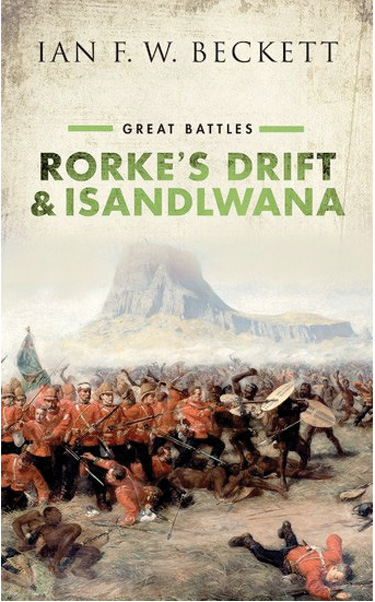 Great Battles: Rorke’s Drift and Isandlwana (Ian F.W. Beckett, Oxford University Press, Oxford, UK, 2019, 225 pp., maps, photographs, notes, bibliography, index, $24.95, hardcover)
Great Battles: Rorke’s Drift and Isandlwana (Ian F.W. Beckett, Oxford University Press, Oxford, UK, 2019, 225 pp., maps, photographs, notes, bibliography, index, $24.95, hardcover)
A Zulu army nearly wiped out a British column on January 22, 1879, in what became known afterward as the Battle of Isandlwana. Despite inflicting severe casualties on the attacking Zulus, it was the worst loss of troops in a single day between the Battle of Waterloo and World War I. The incident sent shock waves throughout Great Britain. The British people could not fathom how a European army could be so thoroughly defeated by a less technologically advanced native force. Recriminations followed. These included a call for retribution against the Zulus and led to their eventual defeat in the brief but bloody Anglo-Zulu War.
The same day that the Battle of Isandlwana occurred, a large Zulu force also attacked the small outpost at Rorke’s Drift, defended by a small British force. Despite being badly outnumbered, the British troops successfully repelled the Zulu attack. Eleven Victoria Crosses were awarded to the defenders of the mission station. The victory at Rorke’s Drift mollified the sting of the larger defeat. Yet the victory did not calm the calls for vengeance.
Oxford University Press’s Great Battles series covers history’s most decisive engagements. This edition covers the beginning of the 1879 Anglo-Zulu War. Its publication marks the 140th anniversary of the battles.
The author is an acknowledged expert on the British Army of the era. His clear and concise writing, superb research, and expert analysis make this an invaluable work. He also includes newly available perspectives from the Zulus.
 Rome at War (Various authors, Osprey Publishing, Oxford, UK, 2019, 192 pp., maps, photographs and illustrations, index, $15.00, hardcover)
Rome at War (Various authors, Osprey Publishing, Oxford, UK, 2019, 192 pp., maps, photographs and illustrations, index, $15.00, hardcover)
The military power of Rome was the basis of its success both as a republic and later as an empire. Well-trained and disciplined Roman legions variously fought conflicts of conquest, survival against external threats, and civil wars. Although they did not win every battle, the army endured for centuries before eventual national decline took Rome into oblivion. During this time the army transformed from a force of part-time warriors divided by social class into a standing army able to impose Rome’s will far beyond the Italian peninsula. While Rome lasted, its army was the world’s greatest military force.
This well-organized and superbly illustrated book explains how the Roman army was organized, employed, and equipped over centuries of development and expansion. The author discusses in detail how Roman troops were recruited, trained, and led during war and peace.
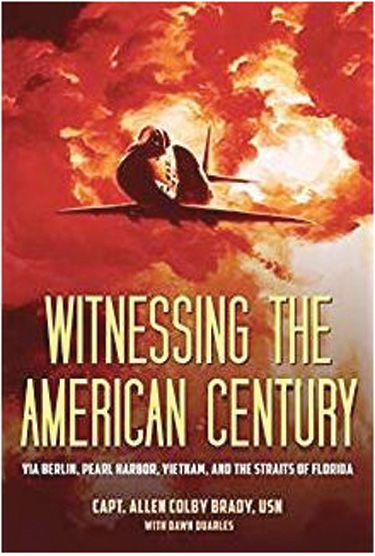 Witnessing the American Century: Via Berlin, Pearl Harbor, Vietnam, and the Straits of Florida (Capt. Allen C. Brady, Kent State University Press, Kent, OH, 2019, 258 pp., maps, photographs, bibliography, index, $29.95, hardcover)
Witnessing the American Century: Via Berlin, Pearl Harbor, Vietnam, and the Straits of Florida (Capt. Allen C. Brady, Kent State University Press, Kent, OH, 2019, 258 pp., maps, photographs, bibliography, index, $29.95, hardcover)
Allen Brady turned 16 the day World War II ended. He wanted nothing more than to be a pilot and took lessons just before entering the U.S. Naval Academy in 1947. His career took him through the Cold War, which, he learned to his detriment, was often very hot and brutal.
He served as a test pilot for atomic bomb testing in the Marshall Islands before flying during the Bay of Pigs invasion. Shortly afterward, Allen flew patrols during the Cuban Missile Crisis. In 1966 he was transferred to an A-6 Intruder attack squadron. He subsequently served as a pilot on the USS Kitty Hawk. Shot down over North Vietnam, he spent years as a prisoner of war. He endured horrible abuse and hardship at the hands of the communists. He returned to active duty after his release and retired after 30 years of service.
As the veterans of the Cold War and Vietnam War reach their seniority, more of their memoirs are being published. This memoir is valuable owing to Brady’s participation in so many major global events of the mid-to-late 20th century. Brady’s prose is authentic and engaging.
 The Escape Artists: A Band of Daredevil Pilots and the Greatest Prison Break of the Great War (Neal Bascomb, Houghton Mifflin Harcourt Publishing, New York, 2018, 310 pp., maps, diagrams, photographs, notes, bibliography, index, $28.00, hardcover)
The Escape Artists: A Band of Daredevil Pilots and the Greatest Prison Break of the Great War (Neal Bascomb, Houghton Mifflin Harcourt Publishing, New York, 2018, 310 pp., maps, diagrams, photographs, notes, bibliography, index, $28.00, hardcover)
Holzminden in Lower Saxony was one of the worst German prisoner of war camps in World War I. The British and Commonwealth troops held there ranked among the most escape-prone captives the Germans had to contain.
The prisoners nicknamed the place “Hellminden” and many resolved to escape as soon as they could. Ace pilot and former aArmy sapper Captain David Gray led a breakout. The prisoners dug a tunnel, donned disguises, and carried with them forged papers. It was a daunting task. The escapees had to travel 150 miles to reach the relative safety of Holland. Camp commandant Karl Niemeyer swore that none of his prisoners would ever get away from the bleak prison.
Prisoner of war escape attempts are often thought of as occurring primarily in World War II owing to films and television, but the Great War had its own version of The Great Escape. The tight narrative makes for an exciting read. The participants’ memoirs are expertly used to add gravity to the story. Readers will come away from the work with a clear understanding of what the prisoners endured and the difficult challenge they faced escaping from such a hellish place.
 The War for the Common Soldier: How Men Thought, Fought, and Survived in Civil War Armies (Peter S. Carmichael, University of North Carolina Press, Chapel Hill, 2018, 408 pp., photographs, notes, bibliography, index, $34.95, hardcover)
The War for the Common Soldier: How Men Thought, Fought, and Survived in Civil War Armies (Peter S. Carmichael, University of North Carolina Press, Chapel Hill, 2018, 408 pp., photographs, notes, bibliography, index, $34.95, hardcover)
John Pardington, a volunteer in the 24th Michigan Infantry, found his unit encamped at Antietam two months after the battle. Every day he walked the short distance from camp to visit the hundreds of Confederate wounded who still lay in the open, although a few managed to find shelter in barns and sheds. There was little medical care available and a few died each day. He wrote to his wife to tell her of the horrible sight and how it moved him. Despite the sorrow he felt for these wretched men, he ended one such letter with a martial determination. “I must close now for I must clean my gun and keep it in good fighting trim so I can Pop a Rebel every time,” he wrote.
This new work studies how the men who fought the American Civil War thought about their circumstances, seeking out the common themes in their experiences. Using their own words from letters and records, the author maintains these soldiers, often reluctant, nevertheless found a pragmatic way to deal with the realities of soldiering, including the ways in which established notions about duty, honor and morality often fared poorly when exposed to the war’s harshness. The book is part of a new 16-volume series from the publisher and other universities that seeks to comprehensively examine the war.
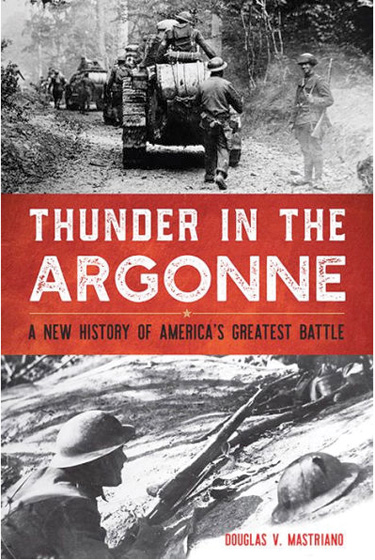 Thunder in the Argonne: A New History of America’s Greatest Battle (Douglas V. Mastriano, University of Kentucky Press, Lexington, 2018, 430 pp., maps, photographs, notes, bibliography, index, $34.95, hardcover)
Thunder in the Argonne: A New History of America’s Greatest Battle (Douglas V. Mastriano, University of Kentucky Press, Lexington, 2018, 430 pp., maps, photographs, notes, bibliography, index, $34.95, hardcover)
French General Ferdinand Foch, the supreme Allied commander, perceived that the German Army in the summer of 1918 was losing the momentum it needed to continue the war. He crafted plans for a coordinated offensive involving all of the Allied powers. He delegated the most difficult assignment to General John J. Pershing’s American Expeditionary Force.
The fighting in the Argonne Forest was particularly bloody. The Germans had established heavily fortified positions in the dense woods. Without complaining, the American soldiers did their duty. As a result, they paid a high price in blood. It is estimated that the Americans suffered 20,000 casualties a week. The hard fighting was necessary, though, to bring about an end to the Great War.
This detailed and well-organized work presents a complete picture of Argonne fighting. It includes not just the perspectives of the Allied nations, but also the German view. The author takes a balanced look at both the successes and failures. Among his conclusions are that the Americans achieved a great military success in the Argonne.
Short Bursts
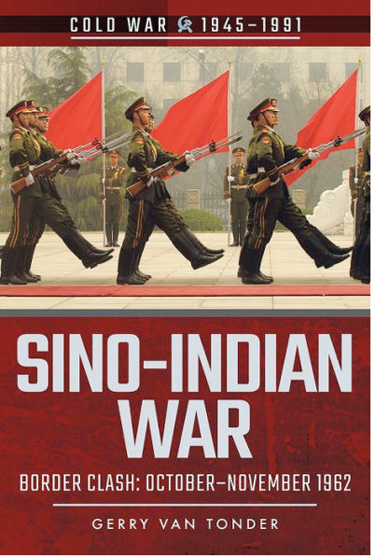 Sino-Indian War Border Clash: October-November 1962 (Gerry Van Tonder, Pen and Sword Books, 2019, $24.95, softcover) Pen and Sword publishes an in-depth series focusing on the flashpoints and conflicts of the Cold War. This volume examines the brief war between China and India in late 1962.
Sino-Indian War Border Clash: October-November 1962 (Gerry Van Tonder, Pen and Sword Books, 2019, $24.95, softcover) Pen and Sword publishes an in-depth series focusing on the flashpoints and conflicts of the Cold War. This volume examines the brief war between China and India in late 1962.
Napoleon: A Life (Adam Zamoyski, Basic Books, 2019, $40.00, Hardcover) Napoleon led France through war, empire, and downfall. His life is examined in this work in great detail.
Top Gun: An American Story (Dan Pederson, Hachette Books, 2019, $25.98, hardcover) The author founded the Top Gun Program, teaching Navy pilots the forgotten art of dogfighting during the Vietnam era. This is his memoir of that effort.
A Military History of Modern South Africa (Ian van der Waag, Casemate Books, 2018, $32.95, hardcover) South Africa’s military forces stayed active throughout the 20th century and beyond. This new work covers colonial actions, the two world wars, and the Cold War era through to post-apartheid.
Operation Linebacker I 1972: The First High-Tech Air War (Marshall L. Michel III, Osprey Publishing, 2019, $24.00, softcover) When North Vietnam invaded South Vietnam in 1972, there were few American ground troops left to assist in the defense; instead, the U.S. launched a massive air campaign that thwarted the North Vietnamese.
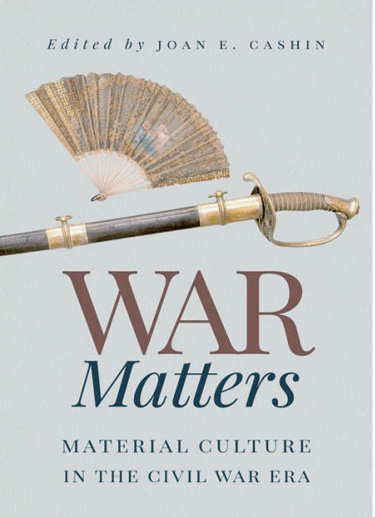 War Matters: Material Culture in the Civil War Era (Edited by Joan Cashin, University of North Carolina Press, 2019, $29.95, softcover) This collection of essays studies how Americans consider objects related to their nation’s most tragic conflict.
War Matters: Material Culture in the Civil War Era (Edited by Joan Cashin, University of North Carolina Press, 2019, $29.95, softcover) This collection of essays studies how Americans consider objects related to their nation’s most tragic conflict.
The Smell of War: Three Americans in the Trenches of World War I (Virginia Bernhard, Texas A&M University Press, 2019, $32.00, hardcover) This book combines the experiences of three men who served during the war. It describes the soldier’s world and everyday life for the reader.
The Last Cruise of a German Raider: The Destruction of SMS Emden (Wes Olsen, Naval Institute Press, 2018, $39.95, hardcover) The sinking of the German raider SMS Emden by an Australian cruiser in 1914 is retold in great detail using firsthand accounts, memoirs, and letters.
The Allure of Battle: A History of How Wars Have Been Won and Lost (Cathal J. Nolan, Oxford University Press, 2019, $21.95, softcover) This work places famous battles within the wider context of the conflicts in which they occurred. Its author holds that they were not actually turning points even though they are often presented as such.
The Great Illyrian Revolt: Rome’s Forgotten War in the Balkans, AD 6-9 (Jason R. Abdale, Pen and Sword Books, 2019, $34.95, hardcover) Rome fought a bitter three-year war in the Balkans involving 15 legions. This work covers that little-known conflict.
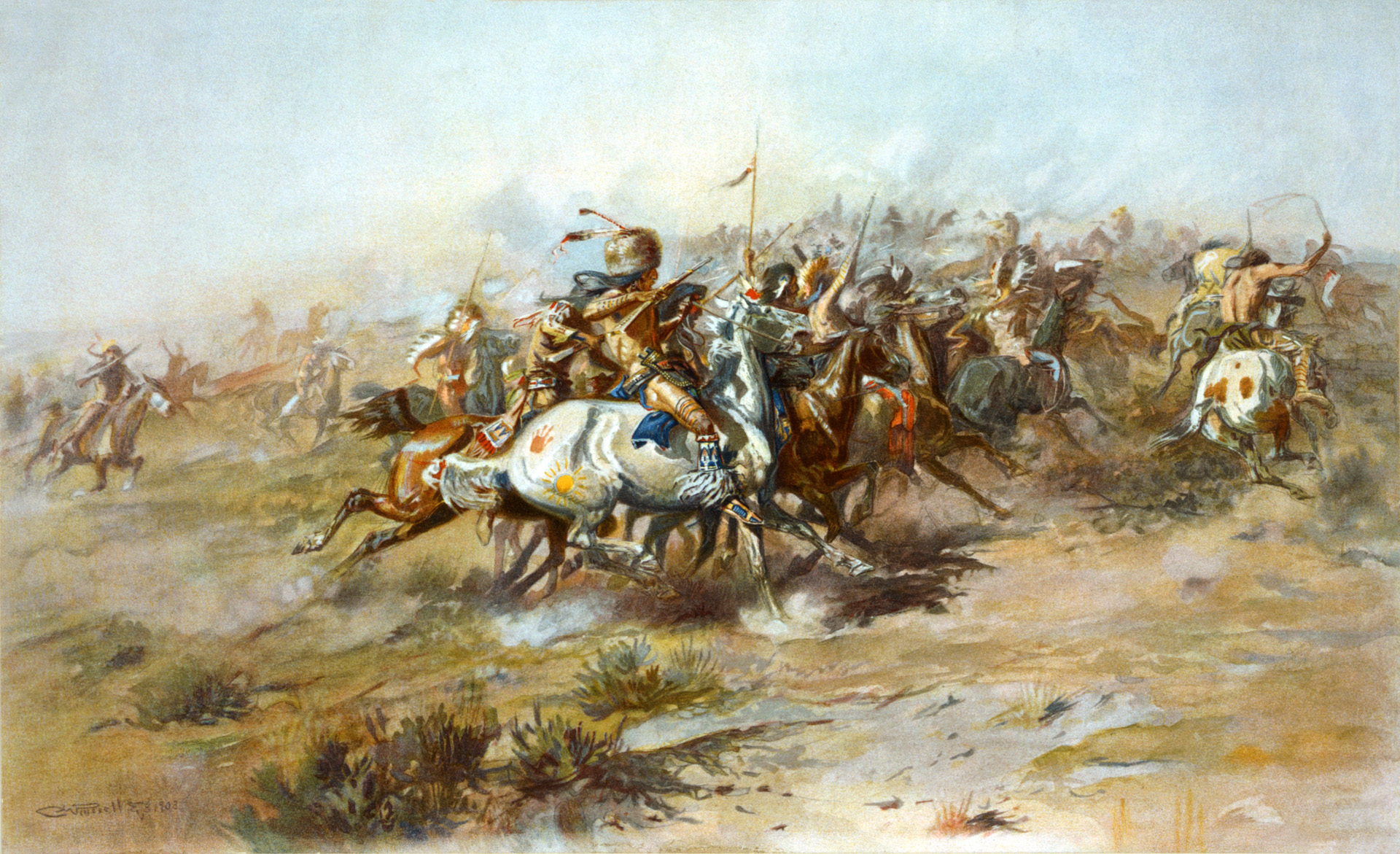
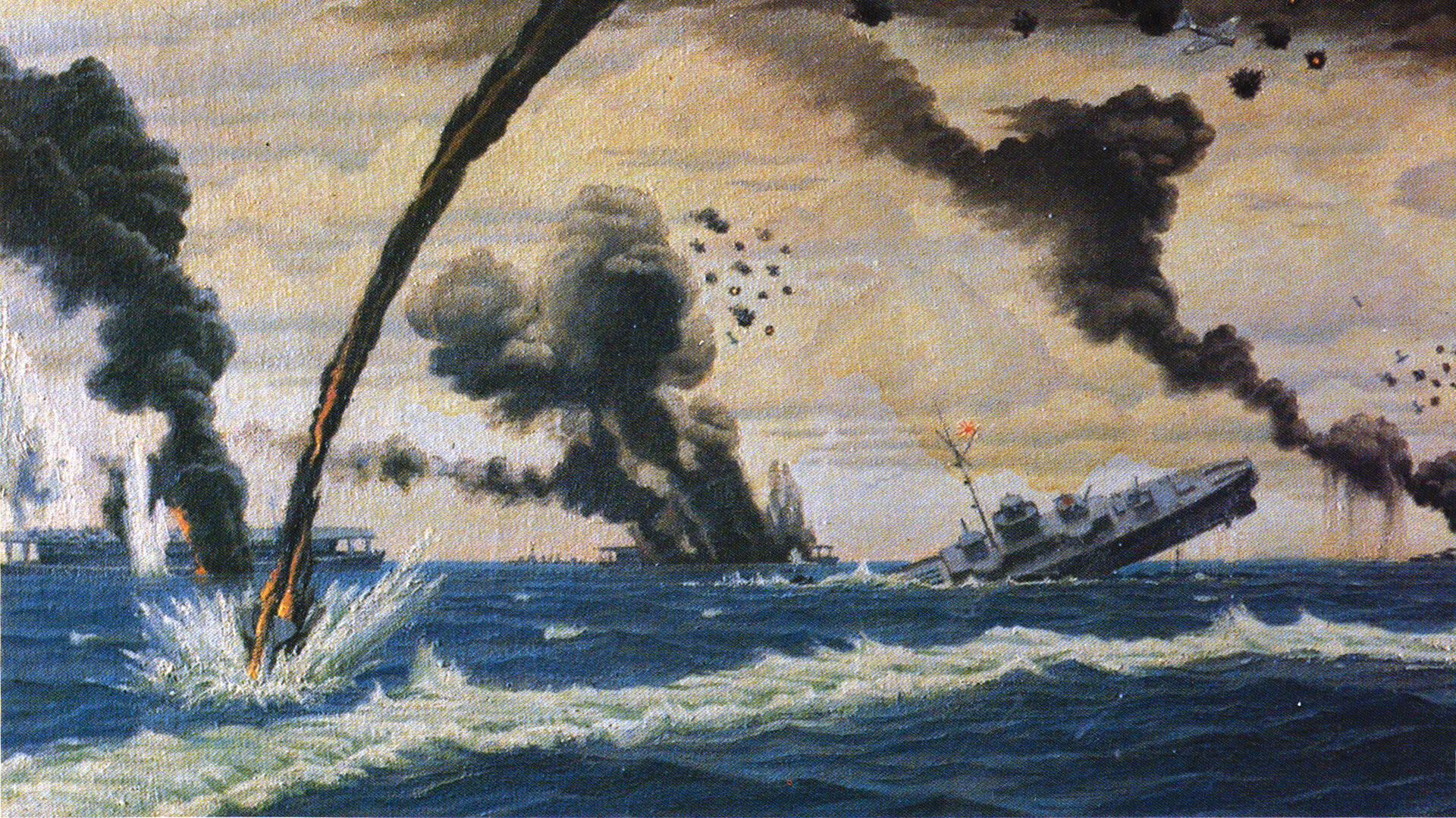
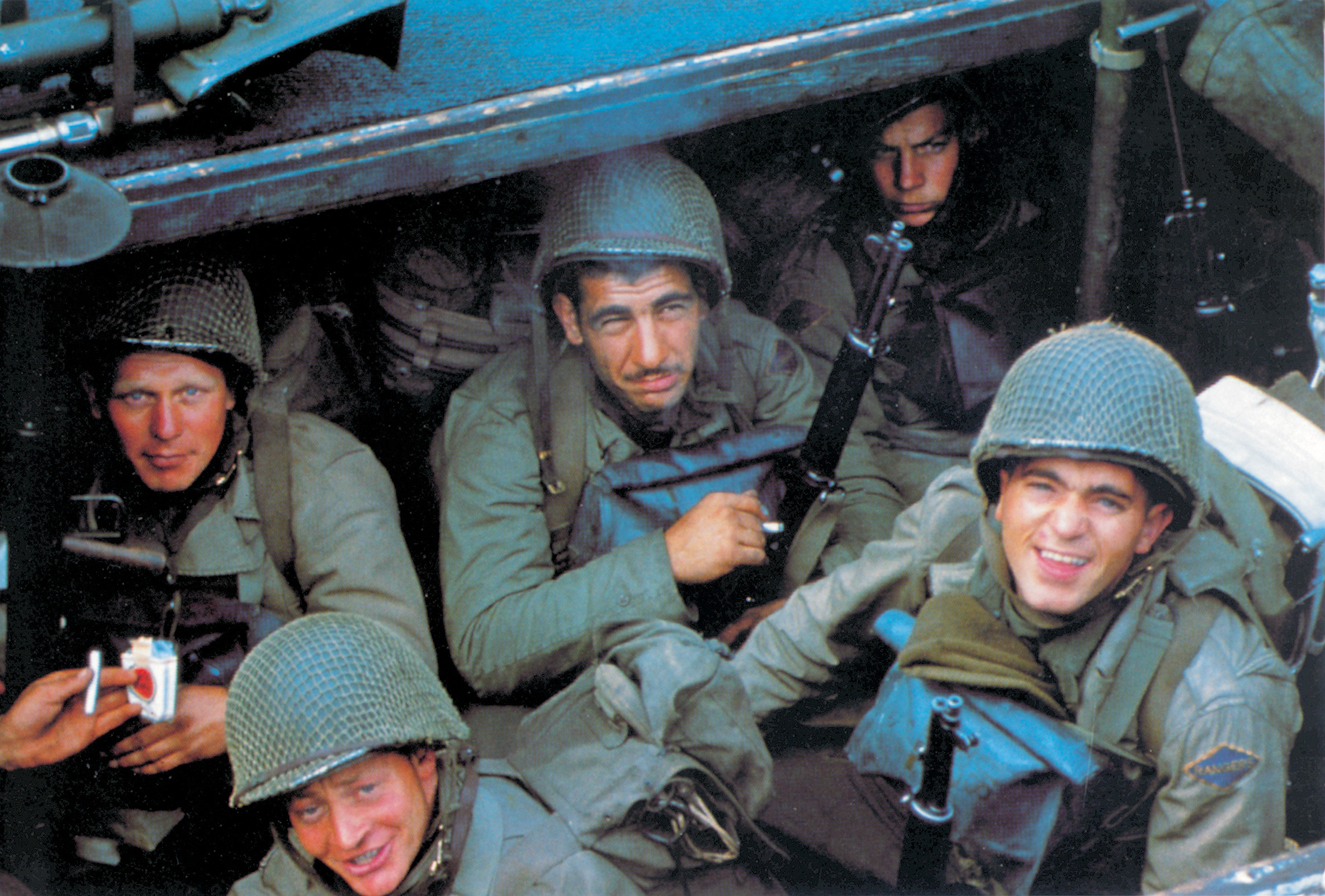
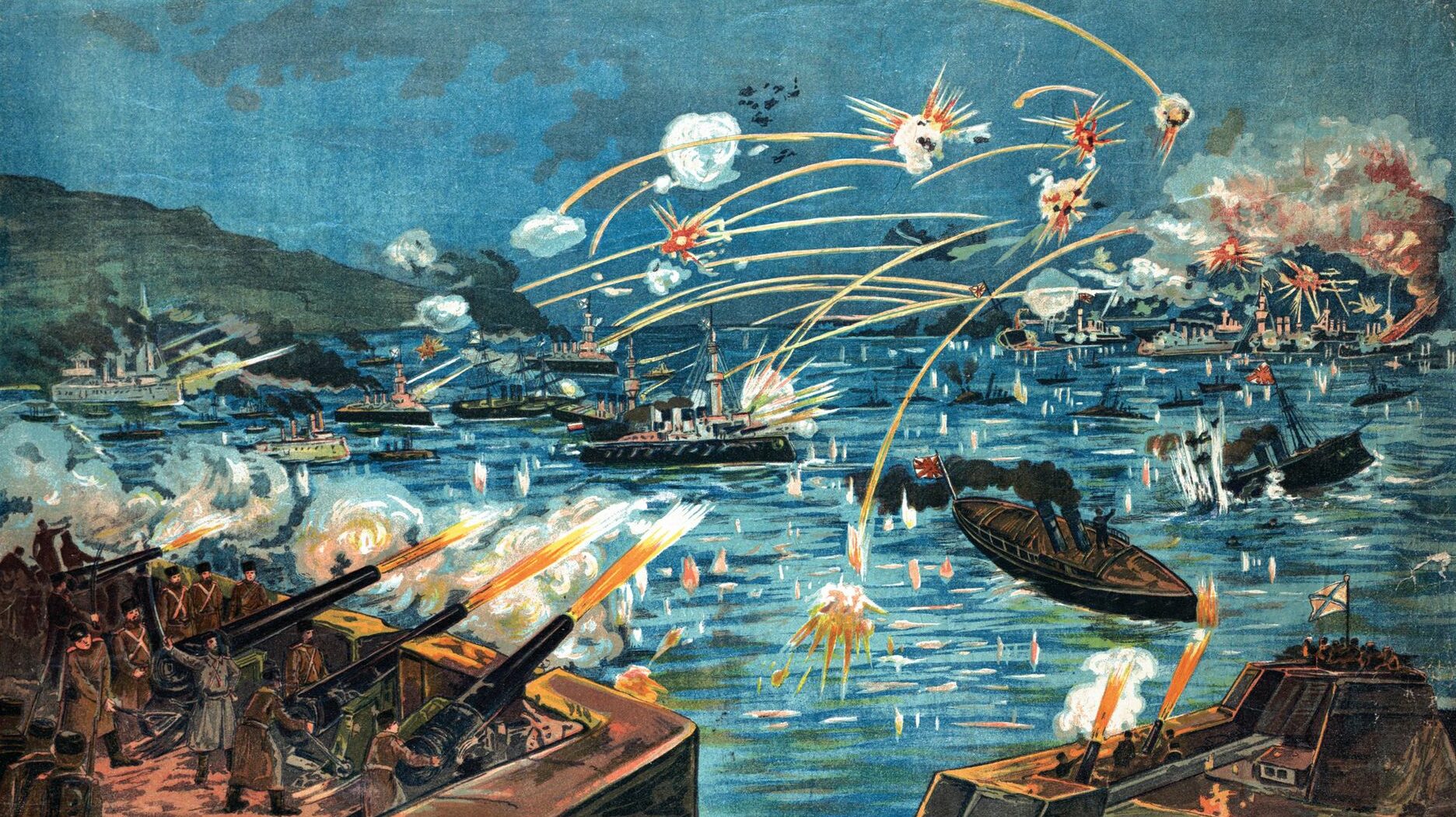
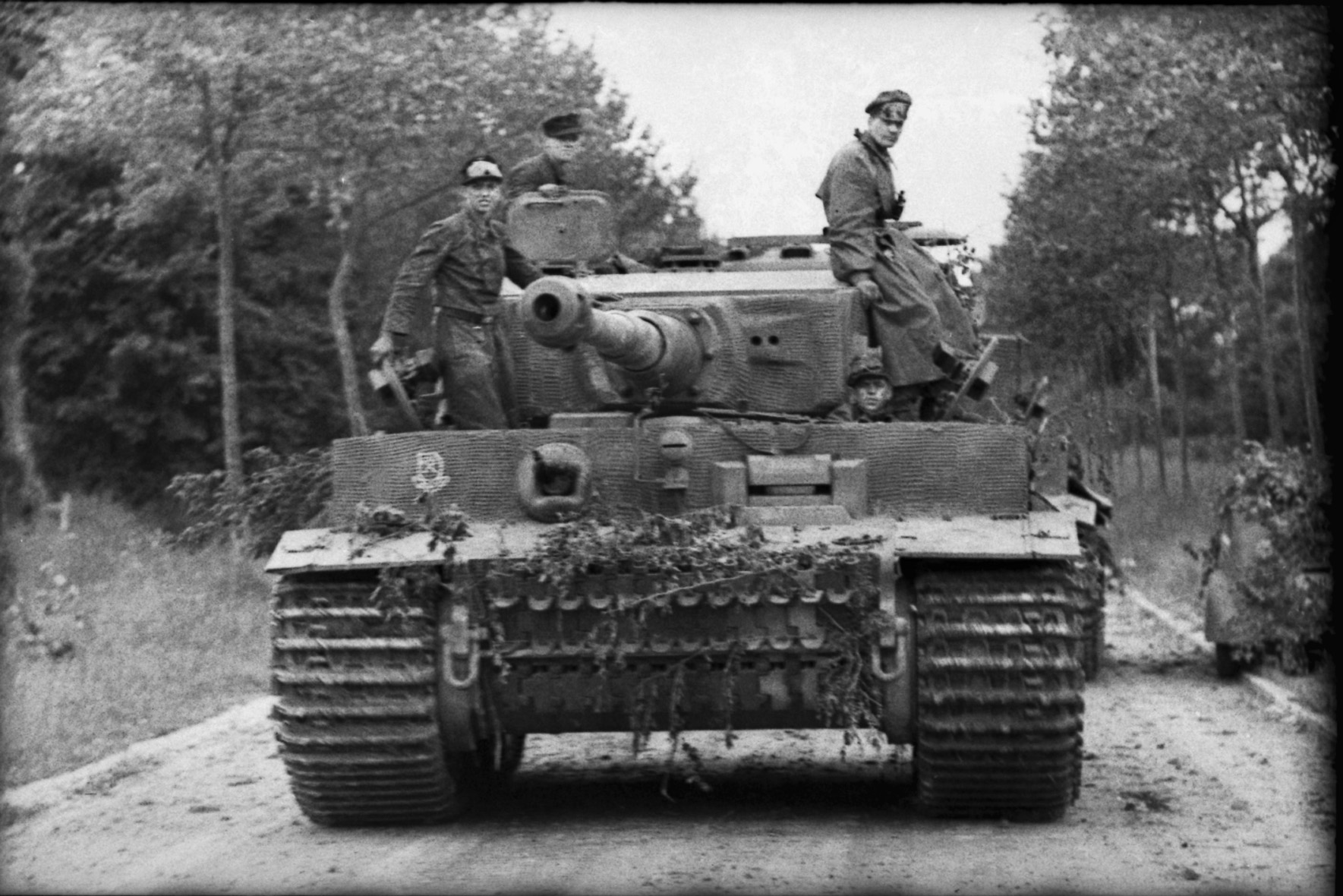
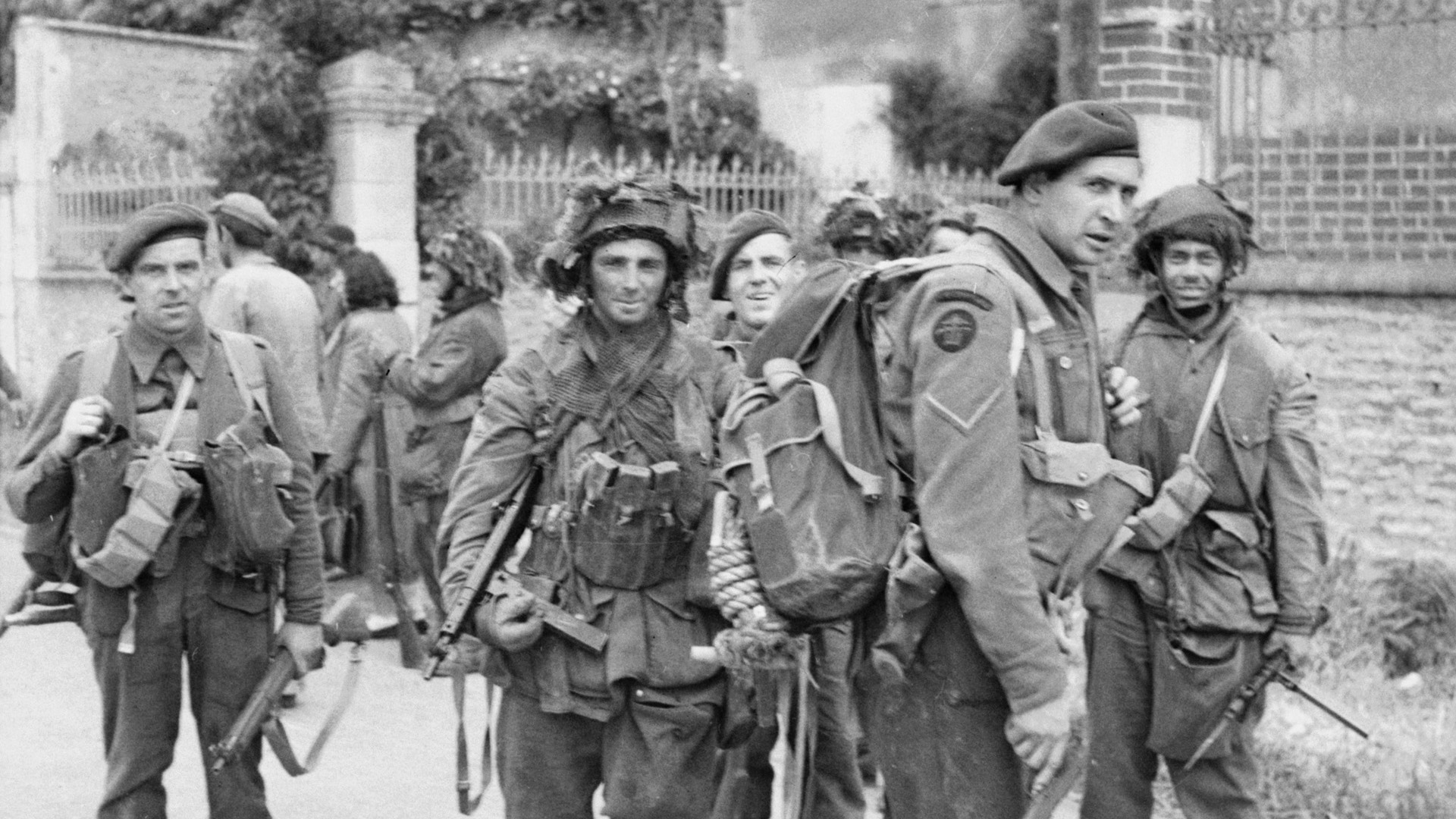
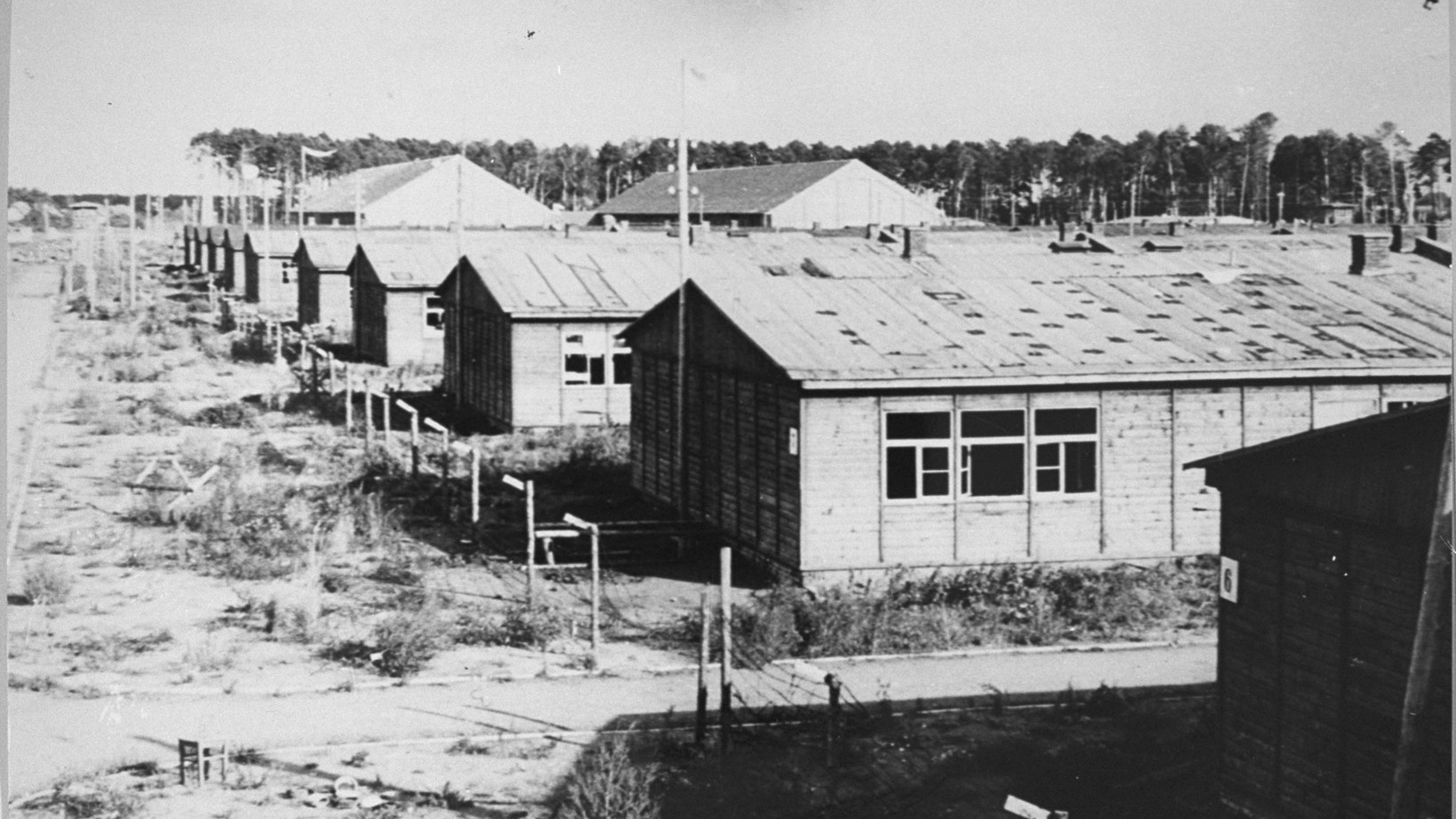
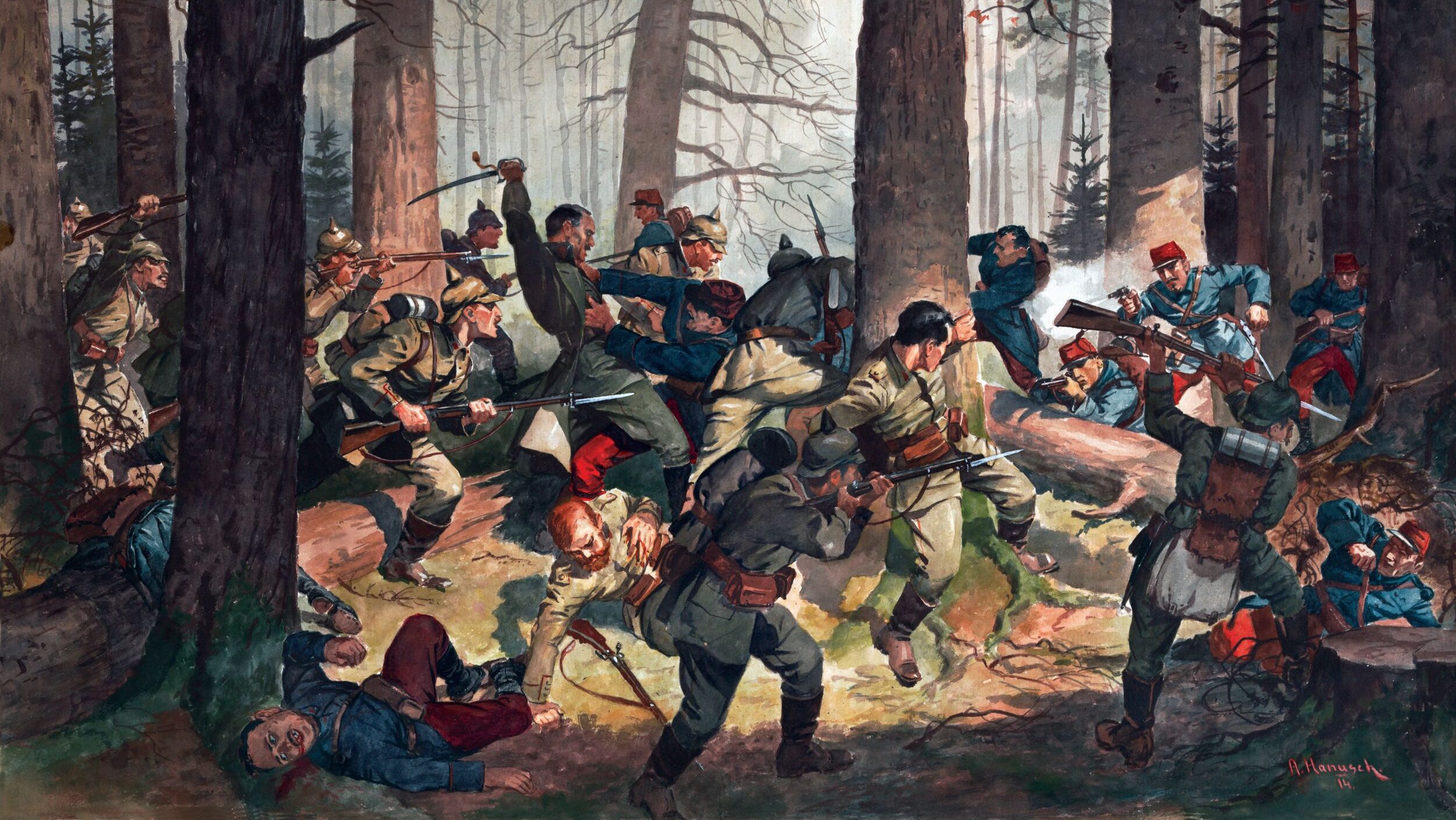
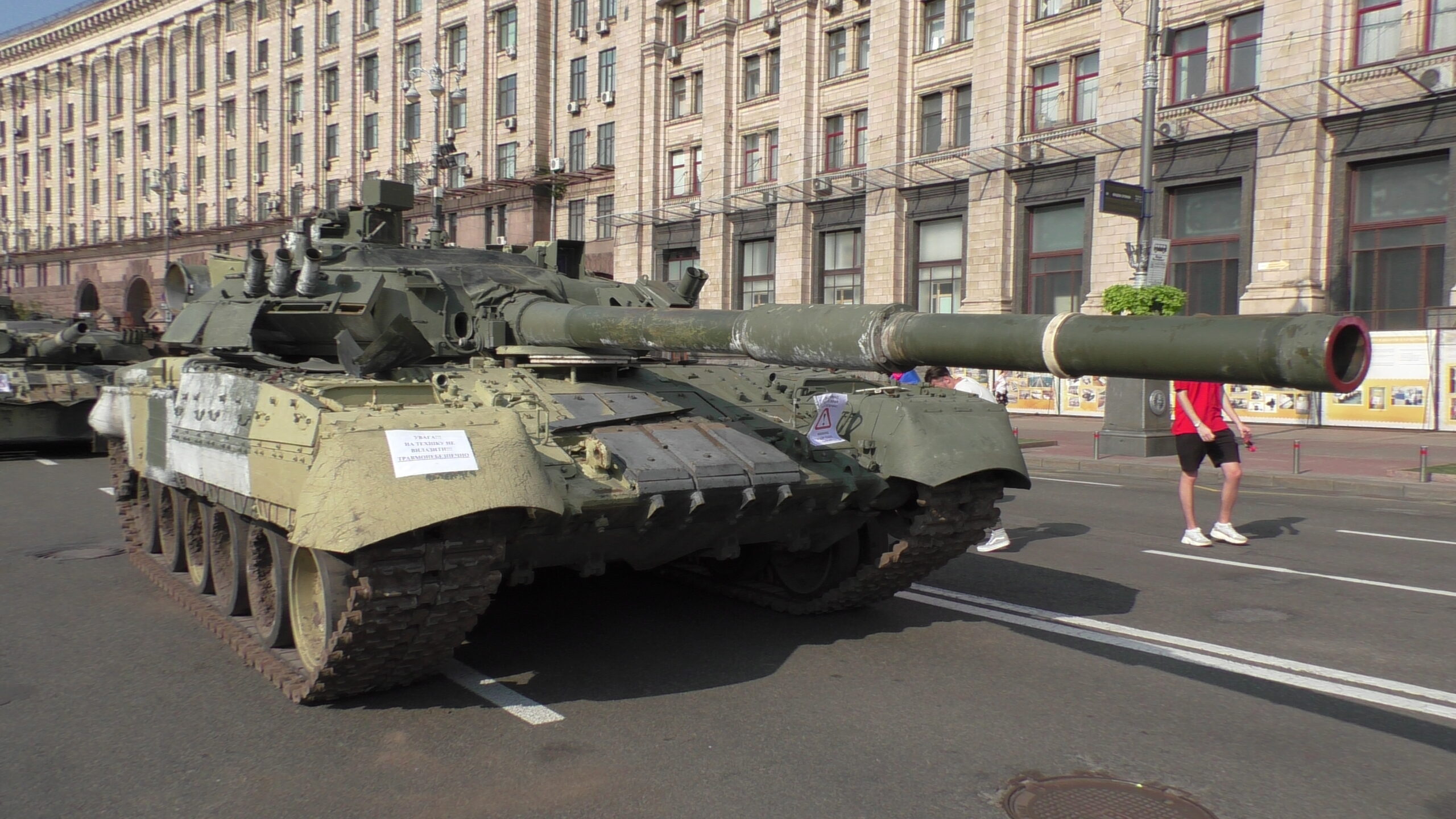
Join The Conversation
Comments
View All Comments